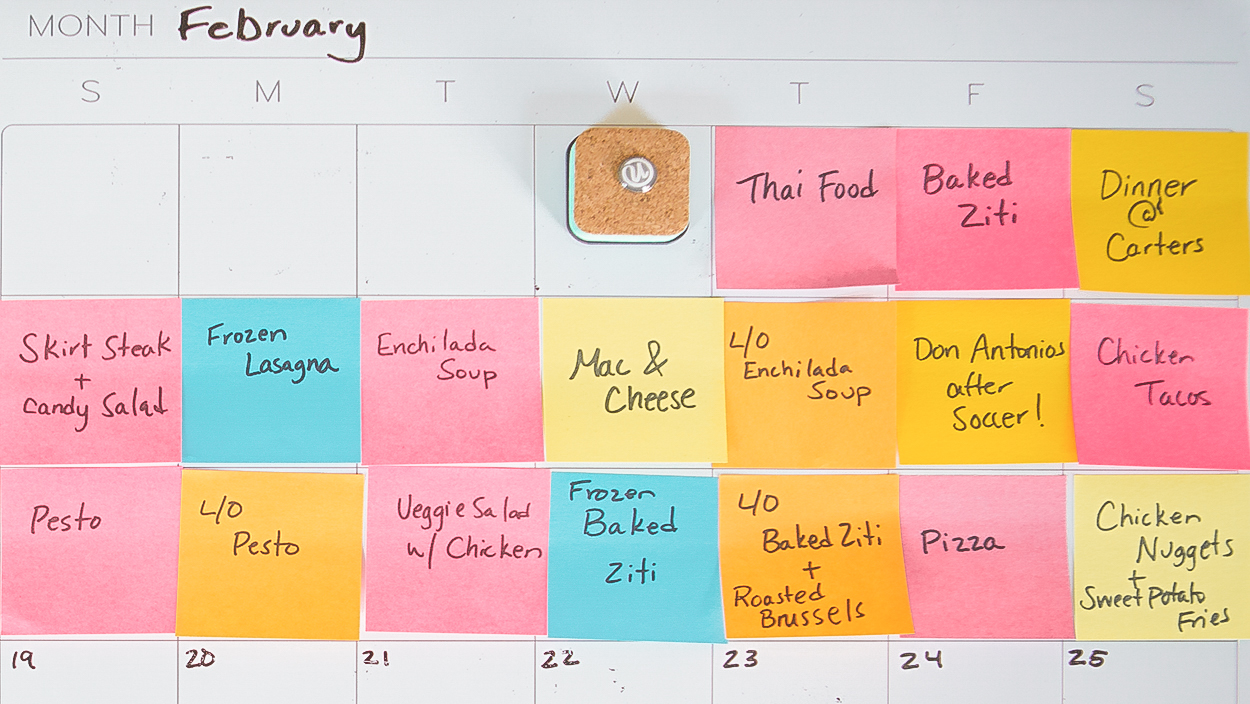

In the old days it was so simple! When my daughter was young, “screen time” was straightforward. Each day she got one episode — usually Daniel Tiger or Sesame Street — which involved me turning on the TV and plopping her in front of it. (Wish I could say I co-watched with her but no, ma’am, that was my golden 24-ish minutes of freedom). When the show ended, we’d move on to the rest of our day, i.e. feeding edamame to Ernie, roaming The Container Store, and playing Pirate Life.



Beyond that, screen time meant using the iPad on long plane rides and Skyping with the grandparents. That was it. I honestly didn’t get what other parents meant about the “struggle” with screens. What was so tricky? I was just glad we had it figured out.
Lololz tho. Because there’s always an lol, right?
Now that my daughter’s a ‘tween, I’m seeing just how complicated navigating screens can be. For one thing, since my girl is a human person in the world and immersed in pop culture, TV is now only part of the picture. There are favorite games and apps and YouTube series’ and movie trailers to check out. She also wants to research things for school, browse Amazon for friends’ birthday gifts, and record comedy sketches and edit them with her actress/babysitter. Oh and did I mention she also has a tablet (a super generous gift from the grandparents)? I don’t even have a tablet. All this is great and possibly even enriching – except for those studies saying that screen time will rot our kids’ brains.
So. I’m less smug now.
To get some guidance, I reached out to Katherine Reynolds Lewis, a certified parent educator and the author of The Good News About Bad Behavior: Why Kids Are Less Disciplined Than Ever — And What to Do About It. I wanted to know how parents of tweens should approach screen time. How should we be managing digital media culture in the home?
First of all, I was relieved to hear that Lewis sees screens and technology as a great training ground for kids. She considers this area the perfect place for parents to practice giving a little more freedom, and for kids to practice taking on more responsibility.
“As children grow up they’re always going to be seeking more independence, more freedom, more rights,” she said. “This is good, because then we set up an arrangement with them that in order for them to get those additional privileges, they need to take on more responsibilities. This holds true more in the area of screens than possibly anywhere because it is just so challenging for any of us to manage our use of technology.”
OK, so how does a parent put this into practice? Here are Lewis’ suggestions.
Set up a structure with your kids.
Set up a family meeting so you and your kids can collaborate to come up with a plan. The key, Lewis says, is to frame the conversation so you’re on the same side as them – which you are, since a good solution will be a win for everyone. “Then we’re not pushing against them, they’re not pulling at us, [but instead] we’re both trying to reach this promised land,” she said.
A sample script:
I know you love to use your devices and we want to make sure that you have a way to use your technology in balance with the other healthy things of life: face-to-face time, outdoor play, homework, sports, music, whatever activities, and, of course, family time. So how can we structure an agreement where you enjoy screens and don’t neglect these other things?
Different arrangements will work for different families, Lewis said. In some households, it works best to have a firm, set half-hour window of solo recreational device use. Others may set up a time frame, like As long as your responsibilities are done by 5 you can be on screens from 5-6, or until dinner.
Whatever structure you choose, though, Lewis strongly recommends putting your kids’ responsibilities before screen use.
“It works really well for a lot of families to have kids come in the house after school and charge their phones or their iPads and not have access to them until they’ve completed their responsibilities,” she said. “Then it’s not even in their pocket, it’s not tempting. There’s a docking station where everyone can see that their phones are waiting to be played with once they’re done with their homework, activities, or chores.”
Decide what the consequences will be when the agreement is violated.
Lewis said kids are often surprisingly good at brainstorming this, and parents should try things out and see what works best.
“In our family it’s worked well that with the first violation — any kind of violation — you lose 15 minutes of daily screen time, and if there’s a second violation you lose all screen time,” she said. “The more that’s on their shoulders, the less we [parents] are policing it or nagging them or doing other things that are just going to lead to conflict with them.”
Expect that they’re going to mess up – and let them!
As kids learn to manage their use of technology they are going to mess up and that’s part of the process, Lewis said. They’re gonna go over their screen time, they’re try to gonna sneak their screen time, it’s all par for the course. Even if it feels like a step back, it’s productive.
Make the kids put some skin in the game (and earn some green).
Phones, tablets and all that jazz aren’t cheap, so help kids understand the value of these items and learn how to take care of them. One way to do this is to have kids contribute to the cost.
“My kids saved up money to buy half of their cell phones and they pay for half of the monthly data use,” Lewis said. “I think that’s really helpful because it makes them more careful with their belongings; they’re less likely to drop or break or lose a device that they helped purchase.”
Towards that end, Lewis encourages parents whenever possible to give kids a chance to earn money so they can practice saving and spending it wisely. And remember: sometimes spending it poorly and then regretting it is valuable real-life practice that they need.
Be a late adopter.
At some point you’ll probably hear from your kid that they’re the ONLY PERSON IN THE WHOLE SCHOOL who doesn’t have a phone. Lewis would say that’s not a bad thing. In fact, she advises holding out for technology as long as you can.
“My kids are always going to be late adopters because I’d rather have other peoples’ kids make the mistakes and put embarrassing things on Insta and get in trouble with the school counselor,” she said. “Then your child has the advantage of watching how that works and hopefully learning from it.”
Lewis is a fan of Wait Until 8th, the movement which encourages parents to delay giving children a smartphone until at least 8th grade. “It pushes back on the boundaries that in many communities have been creeping younger and younger,” she said. “I think it’s healthy for parents to be questioning when the right time is. Some kids are ready before 8th grade, but you know your family best. It really depends on your child and what they’re able to handle.”
Flip phones can be a good first purchase since they let you be in communication with your kid while letting them practice keeping track of it, keeping it charged, and not losing it — all good skills to hone before they get a more expensive phone.
Don’t let apps take the place of human judgement.
Using an app to track time on a device is fine, said Lewis, but what’s more important is building your child’s own ability for self-control and strengthening the relationship of trust between the child and adult.
Plus, kids are very good at hacking any kind of control system. And if they’re not yet, they will be. But surely you knew that.







